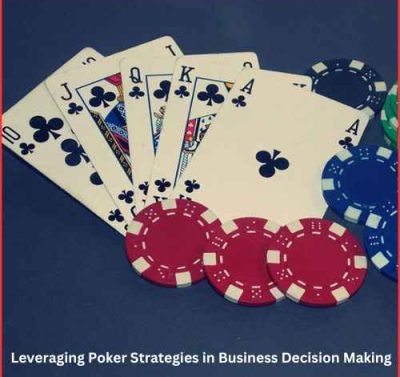Debt Snowball is a debt repayment method in which you list all your debts from lowest to highest (excluding mortgages), then make a minimum monthly payment and set aside extra money each month to pay off your lowest debt. other debts. This strategy can be attractive if you need motivation to continue on the debt repayment path.
Presented below is the overview of how debt snowballs debts works :
Debts are listed in order from lowest balance to highest. The debtor pays as much money as possible on the first debt each month and minimum payments on all other debts. After paying off the smallest debt, the debtor starts investing additional money each month in the smallest debt account and continues to make minimum monthly payments on all other debts. The debtor continues this process, paying off each debt, from smallest to largest, until all debts are fully paid off.

The debt snowball approach is a debt-reduction strategy in which you pay off debt from smallest to largest, building momentum as you finish each sum. When the smallest obligation is paid in full, the minimum monthly payment on that debt is rolled into the next lowest debt payment.
Once the balance is settled, take the funds previously allocated to the minimum debt and place it in the next minimum balance. That is, build or “snowball” repayments with the following balances: This cycle repeats until all debt is repaid.
You won’t be able to pay off your student loan for a long time if you start paying it off initially because it is the greatest debt. You’ll watch the sum go down, but you’ll quickly lose interest and stop paying the extra. Why? Because getting a victory takes an eternity! But you’ll be saddled with all of your other tiny, nagging bills.
However, if you pay off the lowest debt first, you’ll see results quickly. That debt is no longer a part of your life. The second debt will be paid soon after, followed by the third, fourth, and fifth. Suddenly, instead of little incremental minimum payments, you’re paying hundreds of dollars every month toward your bills. You’ll be more inclined to stick to your strategy if you can see it working.
First, make sure you’ve planned enough to satisfy each debt’s minimum monthly payment. Arrange the debts in order of balance, lowest to greatest. Ignore the interest rates on each one.
Put the additional money you set aside for debt repayment toward your lowest loan each month, even if you’re paying higher interest on another. When the weakest debt is paid off, transfer the whole amount you were paying towards something (monthly minimum plus any surplus funds) to the next lowest loan. Continue to pay off bills and then use the money saved to the next loan in line.
The biggest downside to snowballing is that you can pay more interest over time than you would with other debt repayment methods. The debt snowball method focuses on the lowest debt balance, not the highest interest, so the most expensive debt can be paid off last.















